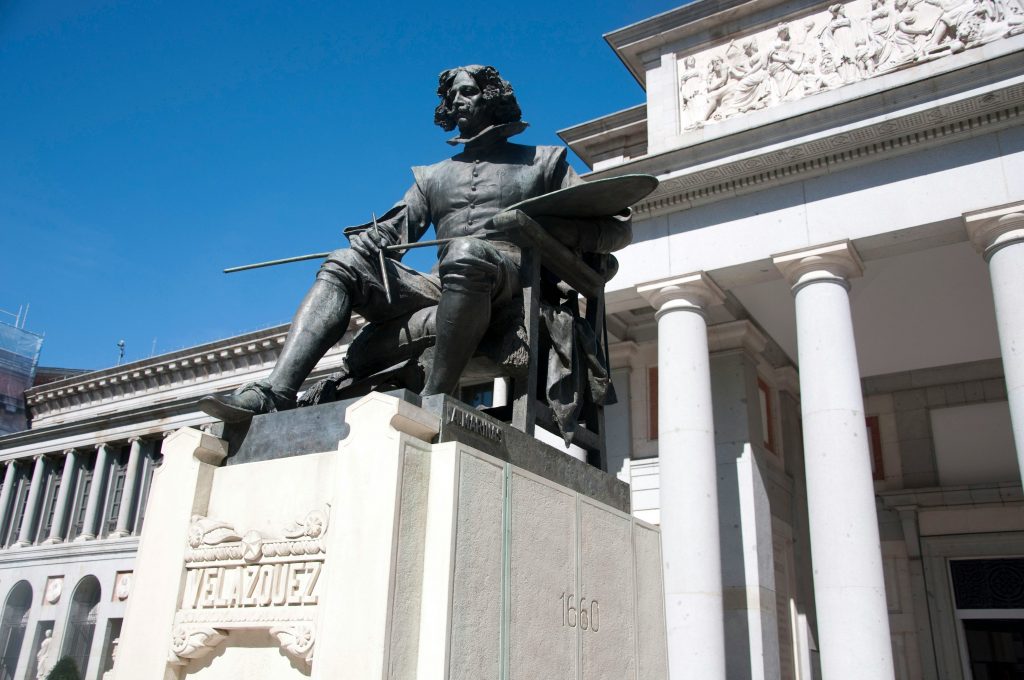
Nestled in the heart of Madrid, the Prado Museum stands as a beacon of artistic brilliance and cultural heritage. As one of the world’s premier art museums, it boasts an unparalleled collection of European art, spanning centuries of creativity and innovation. From iconic masterpieces to lesser-known gems, The Prado offers a journey through time, inviting visitors to immerse themselves in the beauty and complexity of human expression.
The Prado Museum, originally established in 1819, finds its roots in Spain’s rich cultural history. Founded by King Ferdinand VII, the museum initially housed collections from the royal family, reflecting their patronage of the arts. Over the years, it expanded significantly through acquisitions, donations, and strategic partnerships, cementing its status as a cultural epicenter in Europe.
The museum’s architecture itself is a testament to Spain’s artistic heritage. Designed by architect Juan de Villanueva, The Prado’s neoclassical facade exudes elegance and grandeur. Its interior layout, with spacious galleries bathed in natural light, provides an ideal setting for showcasing artworks of various styles and periods. As visitors traverse its halls, they are not just viewing art but experiencing history come to life.
Step into The Prado Museum, and you are greeted by a cornucopia of artistic treasures. One of its most celebrated works is Diego Velázquez’s “Las Meninas,” a masterpiece that continues to captivate viewers with its enigmatic composition and masterful use of light and shadow. The painting’s placement within the museum allows visitors to appreciate its intricacies up close, offering a glimpse into Velázquez’s genius.
Another cornerstone of The Prado’s collection is Francisco Goya’s “The Third of May 1808,” a poignant depiction of Spain’s struggle for independence. Through Goya’s expressive brushstrokes and emotive storytelling, the painting transports viewers to a pivotal moment in history, evoking both empathy and reflection. Such works not only showcase artistic prowess but also serve as windows into the socio-political landscapes of their respective eras.

Beyond its permanent collection, The Prado Museum hosts a diverse array of temporary exhibitions and cultural events throughout the year. These exhibitions often feature thematic presentations or highlight specific artists, offering deeper insights into their creative processes and historical contexts. From Renaissance classics to contemporary installations, each exhibition enriches the visitor experience, fostering a dialogue between past and present.
Additionally, The Prado’s calendar is replete with educational programs, lectures, and workshops designed to engage audiences of all ages. These initiatives not only promote art appreciation but also nurture a deeper understanding of the cultural narratives embedded within the museum’s collections. Whether attending a curator-led tour or participating in a hands-on workshop, visitors are encouraged to explore art in meaningful and interactive ways.
Central to The Prado Museum’s mission is the preservation and conservation of its vast collection. Behind the scenes, a dedicated team of conservators works tirelessly to safeguard artworks against environmental degradation and the passage of time. Through meticulous research and state-of-the-art techniques, these experts ensure that future generations can continue to appreciate the beauty and significance of The Prado’s holdings.
Moreover, The Prado actively collaborates with international institutions and conservation partners to advance best practices in art preservation. This commitment to excellence extends beyond the museum walls, encompassing research initiatives and scholarly publications that contribute to the global discourse on cultural heritage conservation. By prioritizing stewardship and innovation, The Prado Museum remains at the forefront of efforts to protect and promote artistic heritage worldwide.
For those planning a visit to The Prado Museum, it is advisable to prioritize key artworks and exhibitions of interest. The museum’s website provides comprehensive information on current exhibitions, opening hours, and ticketing options, allowing visitors to plan their itinerary in advance. Additionally, guided tours and audio guides are available in multiple languages, offering insightful commentary and context for the museum’s diverse collections.
Located within Madrid’s cultural district, The Prado Museum is easily accessible by public transportation, with nearby amenities such as cafes and souvenir shops enhancing the visitor experience. Whether exploring solo or as part of a guided tour group, every visitor to The Prado is sure to be captivated by its unparalleled collection and rich cultural heritage.

Source: https://unsplash.com/photos/a-statue-of-a-man-holding-a-gun-in-front-of-a-building-QD8O1U3xPcg
In conclusion, The Prado Museum stands as a testament to the enduring power of art to transcend time and inspire generations. From its historic origins to its ongoing commitment to cultural stewardship, The Prado embodies Spain’s rich artistic legacy while embracing innovation and inclusivity in the modern era. As a beacon of artistic excellence and cultural diplomacy, The Prado Museum invites visitors from around the world to embark on a transformative journey through the annals of European art history.
In essence, The Prado Museum is more than a repository of masterpieces; it is a living testament to the human spirit’s boundless creativity and resilience. Whether marveling at Velázquez’s brushwork or pondering Goya’s social commentary, each visit to The Prado offers a profound encounter with art’s capacity to illuminate, educate, and inspire.